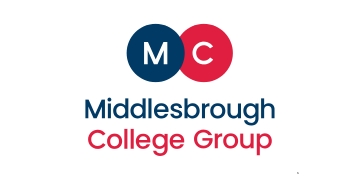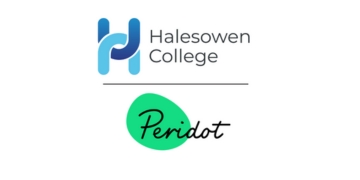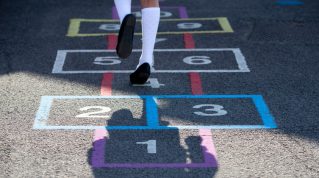Plummeting pupil numbers will wipe out the need for the equivalent of 80 per cent of the new school places created since 2010, analysis of government data suggests.
Statistics published today reveal 1,161,976 school places have been created since 2010, most of them in primary schools. They were needed to accommodate a population bulge caused by a baby boom in the 2000s.
But the bulge is starting to move out of the school system, and the latest government pupil number predictions anticipate the population of primary and secondary schools will fall by 935,753 between 2022 and 2032.
Between 2010 and 2022, 720,770 primary places were created. Between 2022 and 2032, primary pupil numbers are due to drop by 760,747.
Falling pupil numbers are already creating problems for primary schools, especially in areas like London where Brexit and rising housing costs are driving emigration.
Schools Week revealed earlier this year how Lambeth council is considering merging up to 16 of its primary schools as plummeting pupil numbers threaten the viability of education in the capital.
A million school places unfilled
There are more than a million unfilled places in primary and secondary schools at present, though the government said this could be evidence of councils planning ahead and new schools filling up from year 7.
Today’s school capacity data shows there were 569,287 unfilled primary places nationally in 2021-22, the highest level in at least 12 years.
The number of unfilled secondary places declined however, to 501,733. Secondary pupil numbers are still rising, but are expected to peak next year.
The rate of primary places being added has also “slowed dramatically” in response to the decline in the birth rate between 2012 and 2020.
In 2021-22, just 5,000 primary places were created, down from around 27,000 a year between 2018 and 2020, and around 100,000 a year between 2012 and 2016.
Over 41,000 secondary places were created last year, however, to accommodate the still increasing population. The proportion of secondary schools at or over capacity increased from 22 per cent in 2020-21 to 23 per cent last year.
Fewer primary schools – 17 per cent – are at or over capacity, the same level as in 2020-21, and down from 23 per cent in 2016-17.















Your thoughts